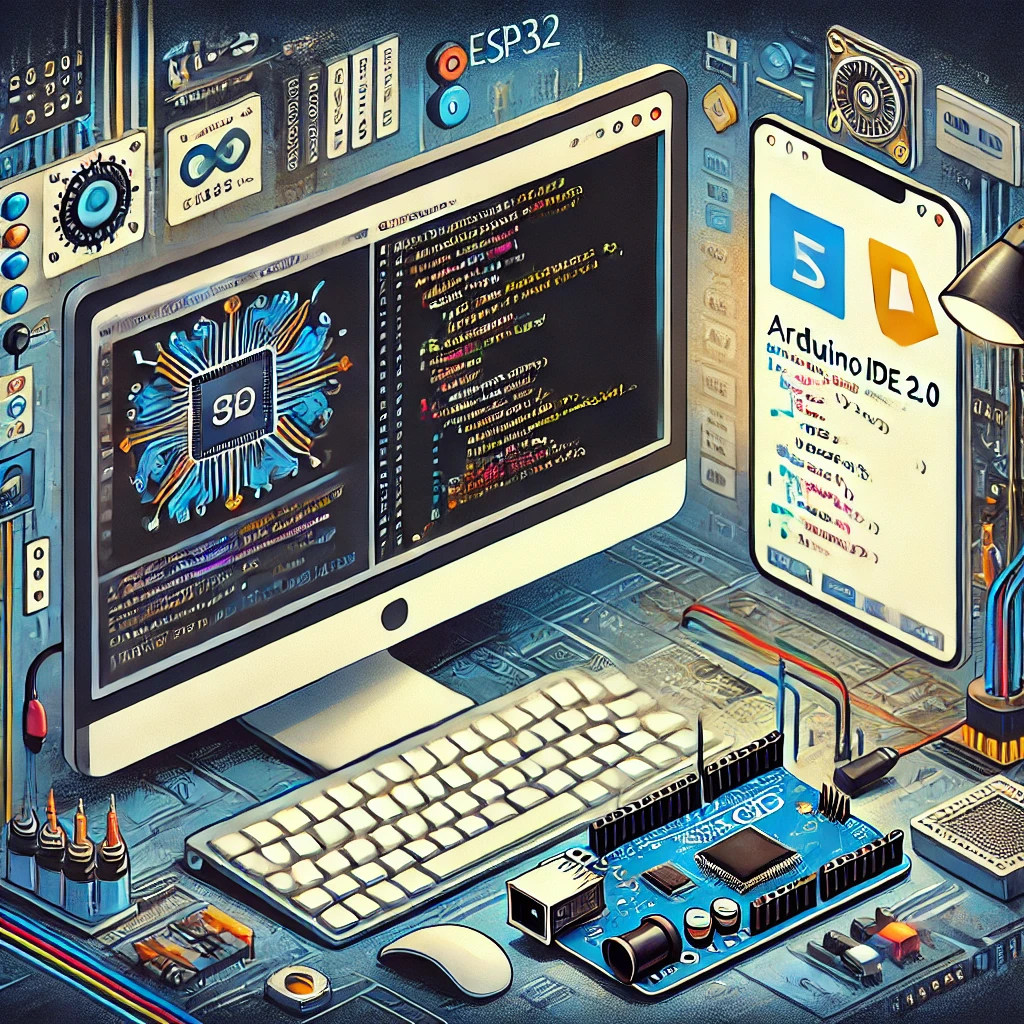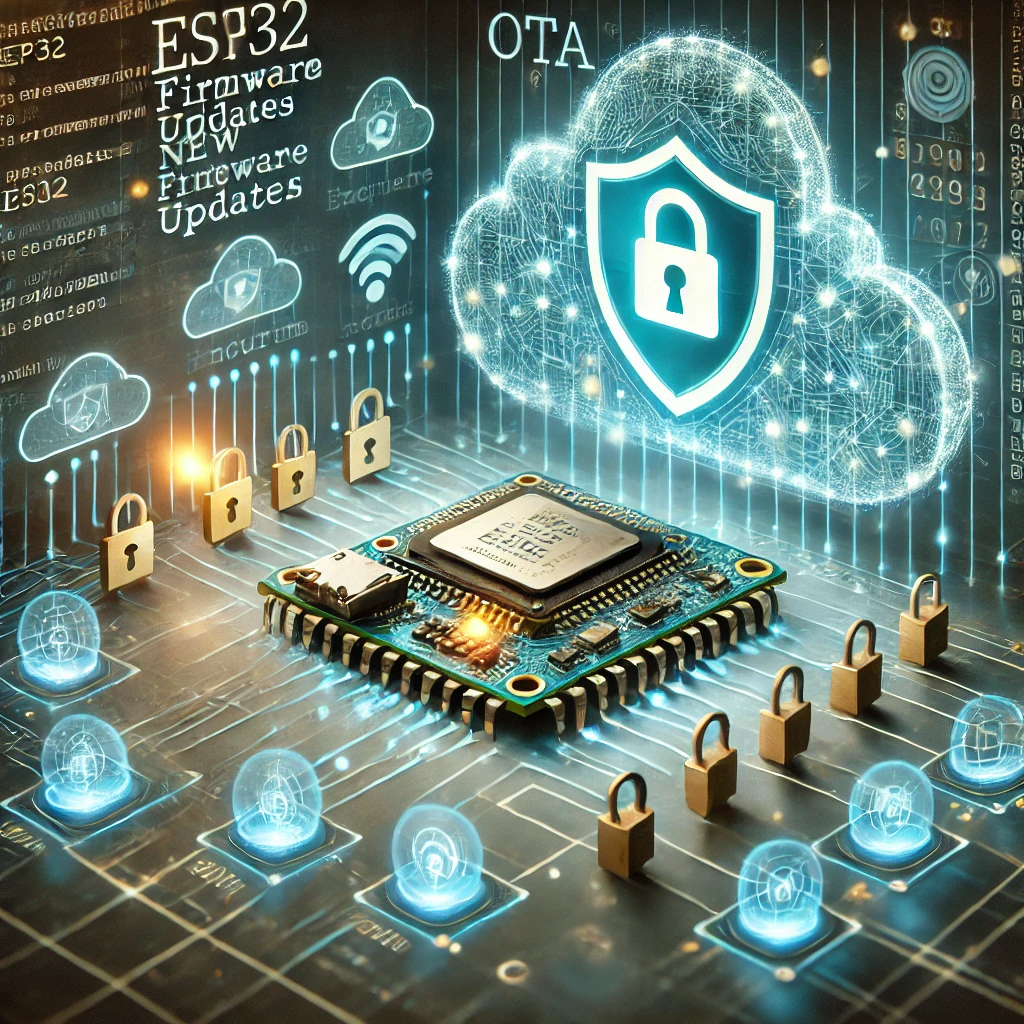Discover how Arduino IDE 2.0 and Visual Studio Code (VS Code) are revolutionizing ESP32 development. Learn about their features, benefits, and how they streamline the process of building IoT applications.
The ESP32 microcontroller has become a cornerstone in IoT development, thanks to its versatility and powerful features. Recently, the tools available for developing on the ESP32 platform have seen significant upgrades, particularly with the introduction of Arduino IDE 2.0 and Visual Studio Code (VS Code). These modern Integrated Development Environments (IDEs) are transforming the way developers approach ESP32 projects, offering advanced features that make coding, debugging, and deploying applications easier and more efficient.
Key Features of Arduino IDE 2.0 and VS Code
1. Arduino IDE 2.0: Enhanced Usability and Functionality
The latest version of Arduino IDE, Arduino IDE 2.0, brings a host of new features tailored for ESP32 development. This version includes an improved auto-completion feature, which assists developers by suggesting code as they type, reducing errors and speeding up the coding process. Additionally, the integrated debugger allows for real-time debugging, making it easier to identify and fix issues directly within the IDE. These enhancements make Arduino IDE 2.0 a powerful tool for both beginners and experienced developers working with ESP32.
2. Visual Studio Code (VS Code): A Versatile Platform for ESP32
Visual Studio Code (VS Code) has emerged as a favorite among ESP32 developers due to its flexibility and extensive library of extensions. With the PlatformIO extension, VS Code becomes a fully-featured development environment for ESP32, supporting multiple frameworks, including Arduino, ESP-IDF, and more. The IDE’s powerful debugging tools alongside its seamless Git integration, allow for efficient project management and collaboration. Moreover, the IntelliSense feature in VS Code provides smart code completions based on variable types, function definitions, and imported modules, further enhancing productivity.
3. Seamless Integration and Expanded Libraries
Both Arduino IDE 2.0 and VS Code support a wide range of libraries and frameworks, making them versatile choices for developing complex IoT applications. For example, VS Code’s support for ESP-IDF (Espressif IoT Development Framework) allows developers to create performance-oriented applications with advanced features like Wi-Fi and Bluetooth. The integration of these libraries means that developers can easily add new functionalities to their ESP32 projects, from sensor integration to cloud connectivity.
Impact on ESP32 Development
The introduction of Arduino IDE 2.0 and VS Code into the ESP32 development ecosystem is a game-changer. These tools not only enhance the development experience but also enable developers to push the boundaries of what is possible with ESP32. Whether you’re building a simple IoT device or a complex automation system, these IDEs provide the features and flexibility needed to bring your vision to life efficiently and effectively.
Please see our following article on setting this up at https://pipwr.com/steps-for-setting-up-esp32-development-with-arduino-ide-2-0-and-visual-studio-code-vs-code/.





